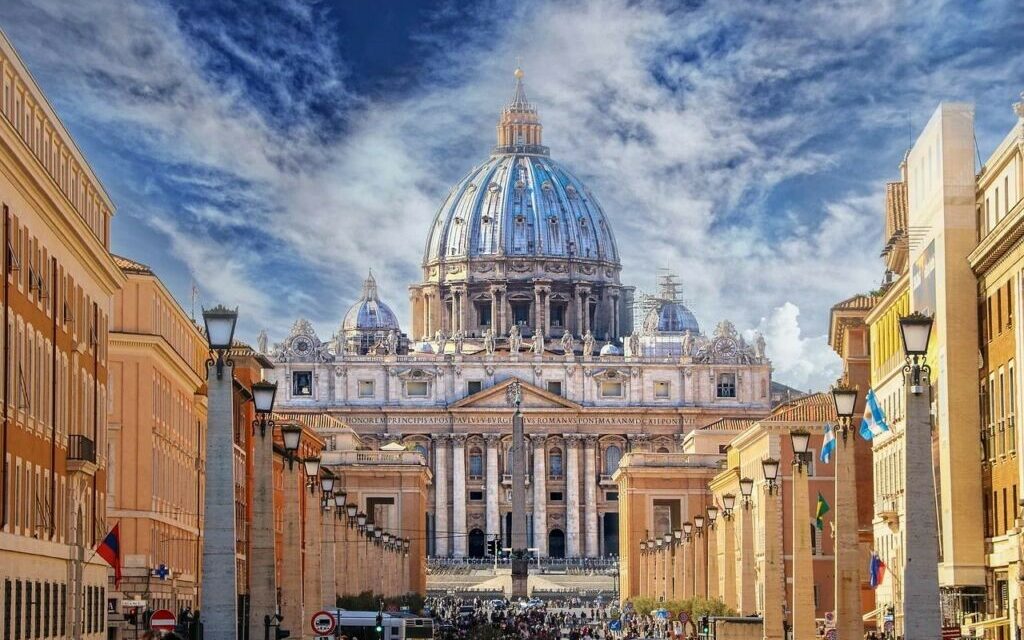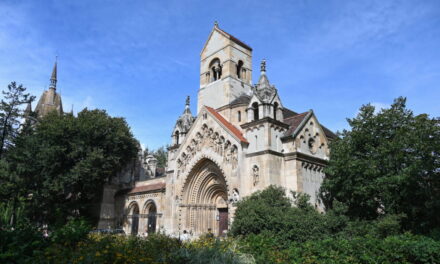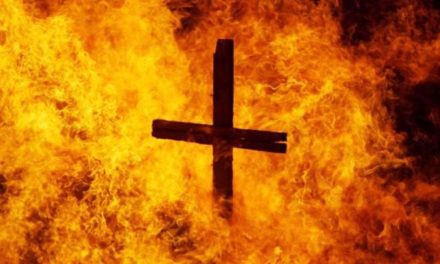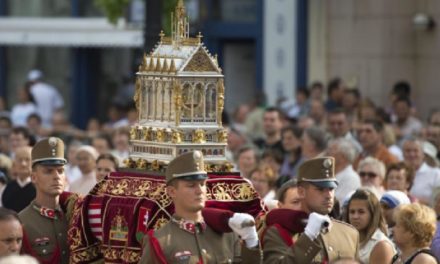The topic of the church and money has always been of great interest, which has only been heightened by the events surrounding the Vatican in recent years. Of course, people have always been interested not only in financial matters, but also in the structure and operation of the Vatican, for example, what kind of institutions are there in the city-state, how privileged are the workers there, etc. Well, through the administration of the Vatican, we can get some insight into daily life based on the article by Aurél Márk Érszegi, which was published on the vasarnap.hu portal.
The collective term "Vatican" basically means two larger subsystems - the Holy See and the Vatican City. Many other organizations are connected to them from an economic and financial point of view. For example, the "Vatican Bank", the various papal foundations, but starting with this year's budget, the hospitals owned by the Holy See (e.g. the Roman Child Jesus/Bambino Gesù and St. Pio's House for the Relief of Suffering in San Giovanni Rotondo), as well as famous places of worship, such as Loreto, Pompeii, Padua, and the four great basilicas in Rome. Each of these has a separate budget, but ultimately the Pope is the supreme trustee, so he can impose "transfers".
The revenues of the Holy See (the central apparatus of the Catholic Church) are made up of donations and own income.
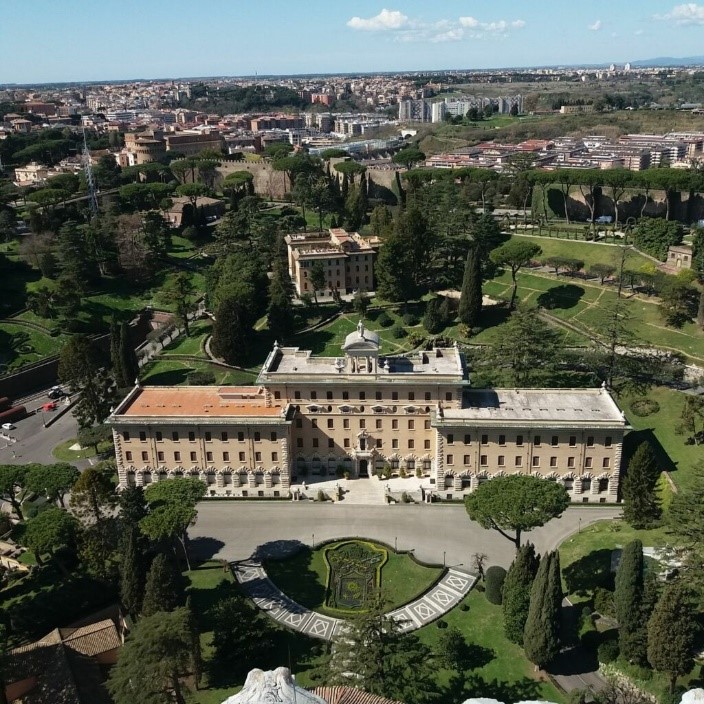
According to canon law, the various ecclesiastical administrative units are obliged to support the service of Péter's Successor with regular donations. Similarly, the followers of the so-called they support the Pope through St. Peter's pennies. The latter is used in part to cover the expenses of the Holy See, and in part for the Pope's charitable support purposes (or increased through investments).
The assets of the Holy See typically consist of government securities and shares, as well as real estate.
According to press information, the Holy See owns a total of 2,500 residential properties and around 600 business premises, mainly in and around Rome. The government securities primarily come from the compensation that the Italian state paid during the settlement of 1929 for the previously confiscated church property. In addition, the Holy See invests its free funds in shares, the profitability of which depends on market conditions - and the skill of its own financial advisors. All of these are managed by the Asset Management of the Apostolic See, but some institutions have their own separate asset management rights.
The main goal of the Vatican City State is to maintain the operation of the Holy See, therefore it contributes to covering the deficit of the Holy See from its revenues and regular budget surplus.
Dubbed the "Vatican bank", the IOR (Institute of Religious Works) actually deals with asset management (according to 2018 calculations, worth 2.8 billion euros), but it also finances the Holy See with part of its business profits.
The largest item in the Holy See's expenses is approx. They represent the personal expenses of a staff of 3,000 people (from cardinals to papal diplomats to Swiss guardsmen). The Vatican media - especially the radio and the daily newspaper - despite the mergers and rationalization of recent years, constitute a huge cost for the administration of the Holy See. The payments of the separately managed Vatican Pension Fund are also a significant burden.
The largest item of expenditure here is approx. It represents the wages of 2,500 staff, as well as the costs of maintaining the monument complex and other items for various papal events.
Little known to the general public is the farm operating on the Castel Gandolfo estate, which produces mainly for its own consumption, but the surplus is sold in the Vatican's own general store. First of all, the "dairy industry" is worth mentioning, which produces 800 liters of milk per day. Fuel is sold at a total of four gas stations in the Vatican - and other Holy See properties (a 2012 leaked figure mentioned a revenue of 27 million euros). The Vatican general store, the clothing store and the pharmacy, as well as the Vatican Post Office and bookstores also generate some income.
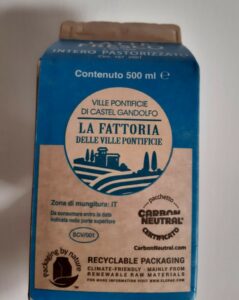
As a result of the coronavirus pandemic, the Holy See's own revenues dropped significantly: real estate utilization, commercial and financial income.
Partly due to the general situation, mainly the decrease in tourism, partly because they voluntarily paid the rent of their commercial properties in Rome. But external donations also fell: it is enough to think only of the lost bushel income due to the ban on visiting churches during the epidemic, which also seriously affected individual parishes. In addition, in the USA, which is one of the largest donors, due to previous pedophile scandals, the willingness to donate has already noticeably decreased.
Supporting both the operation and charitable goals of the Holy See, the so-called according to Vatican data, the revenues of St. Peter's pennies fell by 23% between 2015 and 2019, to fall by another 18% in the pandemic year of 2020, and another 15% drop was expected by 2021.
According to papal guidelines, layoffs could not take place in the Vatican, but a headcount freeze was also introduced.
Starting in April 2021, a band salary cut was implemented for senior officials, and indexed salary increases due every two years were frozen. In 2020, 1.5 million euros were saved by revising external consultancy contracts, 3 million by canceling official missions, 1.3 million by canceling central events, and 4.8 million by postponing various maintenance and renovation works.
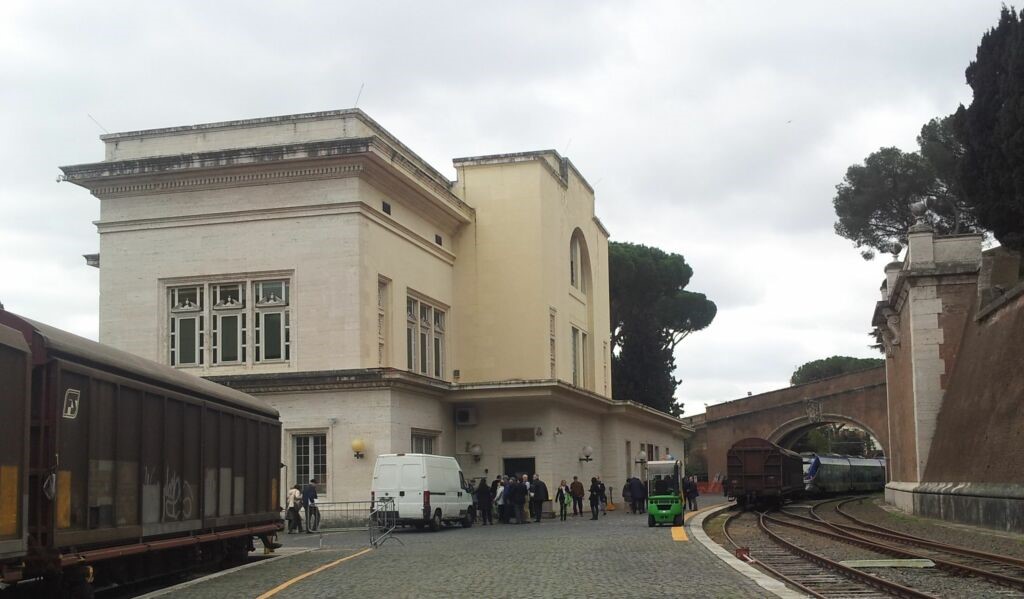
Aurél Márk Érszegi's entire article can be read on the vasarnap.hu portal.
Image source: Márk Aurél Érszegi

